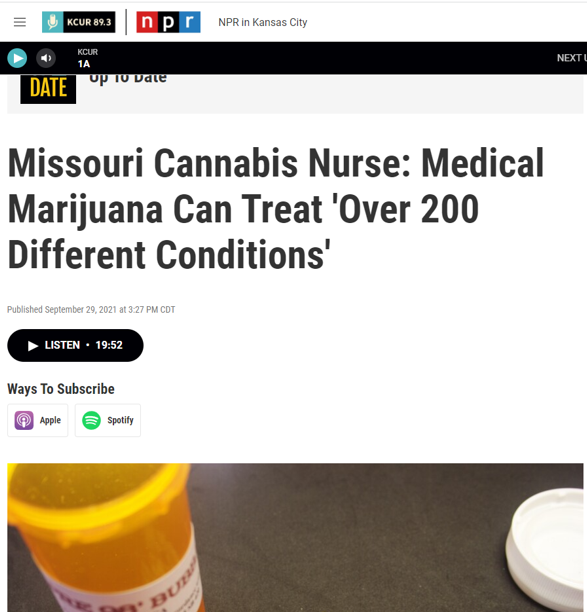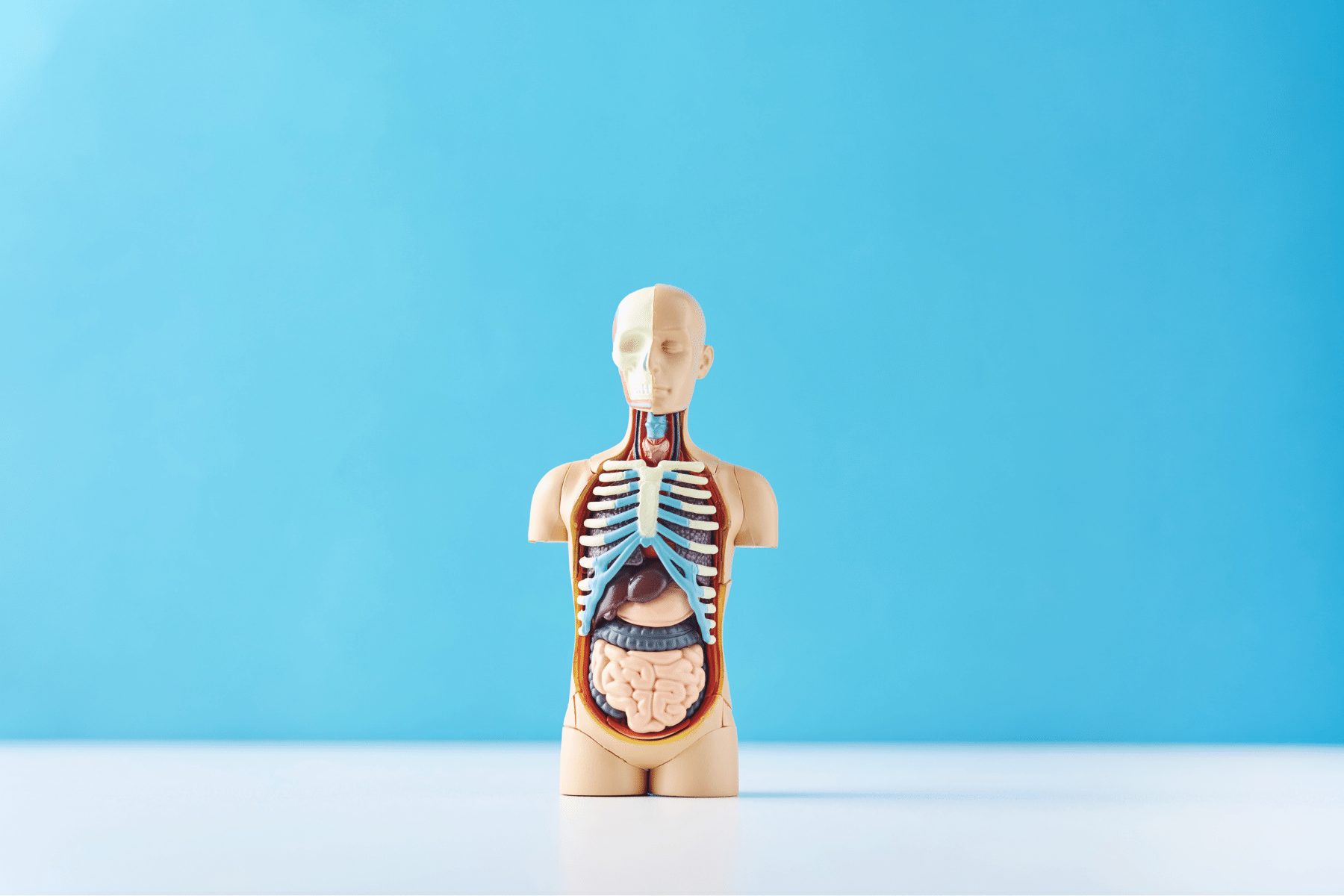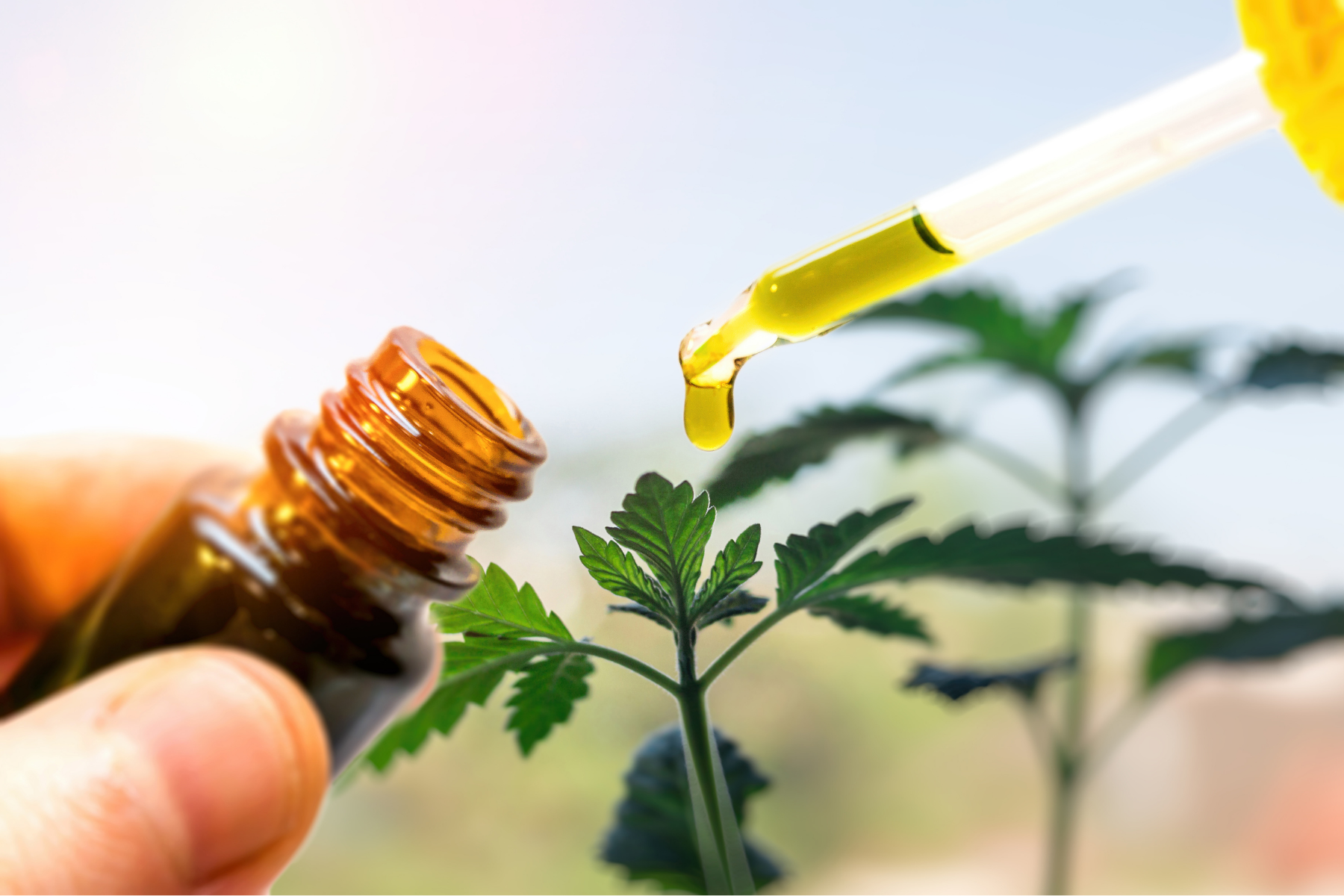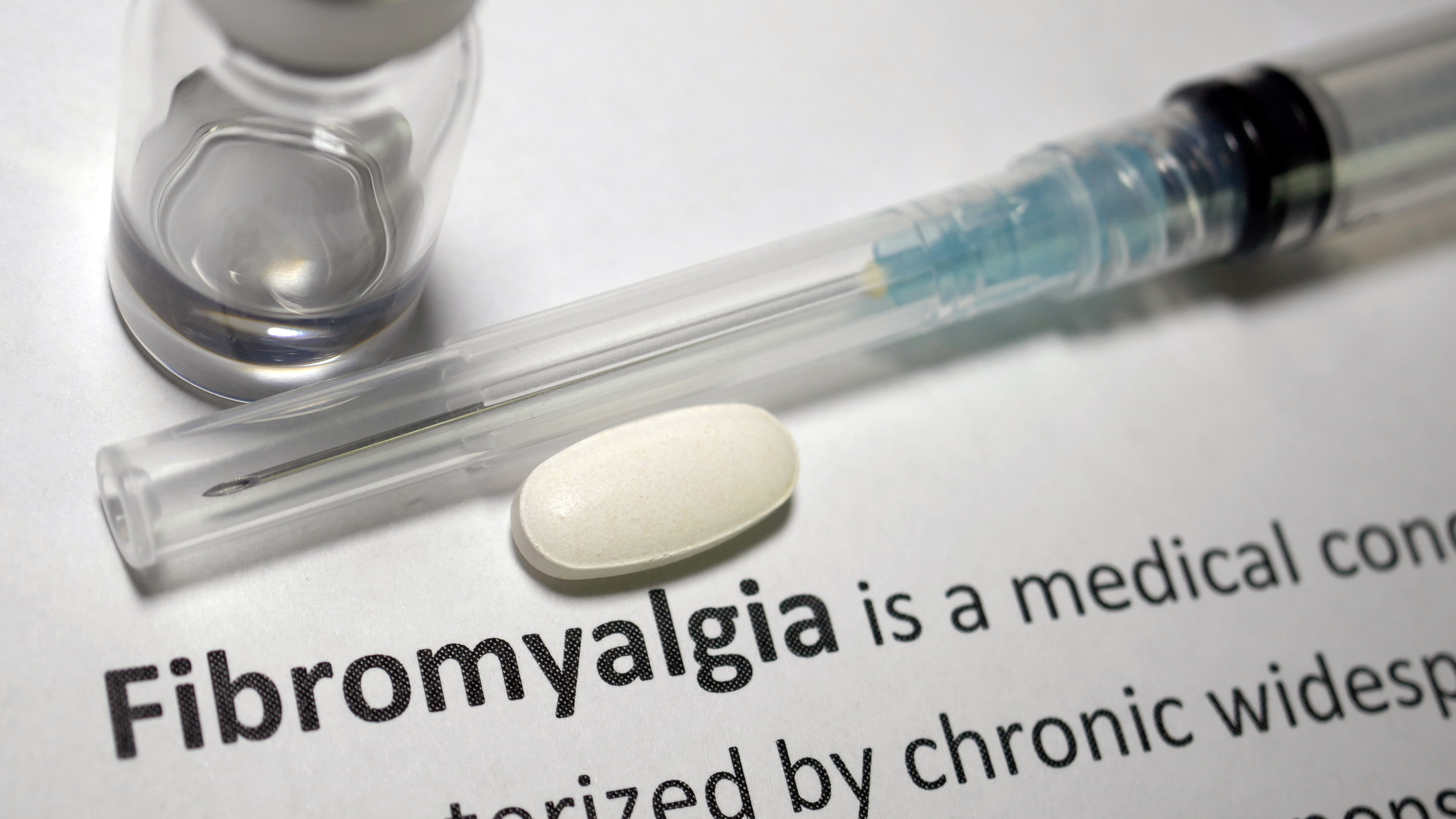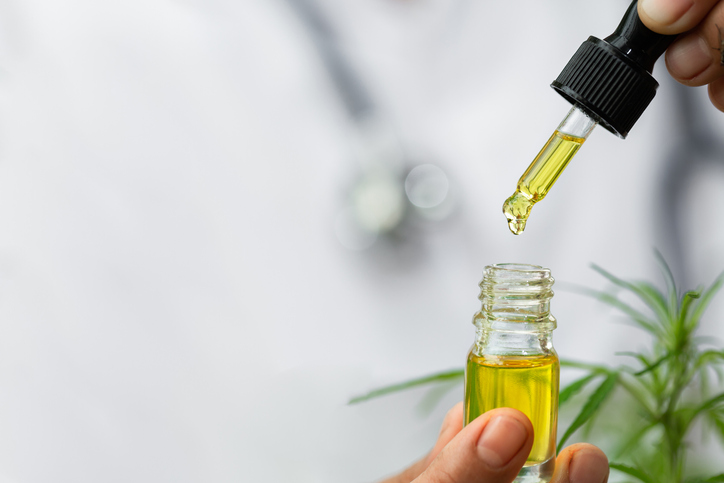The Endocannabinoid System commonly shortened to ECS, was discovered some 30 odd years ago by researchers looking to understand how cannabis works in the body.
What they discovered was the Endocannabinoid System. It regulates a vast range of biological functions to maintain homeostasis, i.e. keeping the body in balance and systems functioning effectively, such as:
- Sleep- wake cycles
- Pain tolerance
- Memory & Learning
- Motor control
- Appetite & Digestion
- Mood
- Immune system
- Metabolism
- Inflammation
- Stress
- Muscle formation
There are three main parts to the ECS: endocannabinoid receptors, endogenous cannabinoids and the endocannabinoid metabolic enzymes. Because this is such a broad subject this is an overview of one part of this amazing system, the Endocannabinoid Receptors and how Cannabis interacts with them.
ENDOCANNABINOID RECEPTORS: respond to both endocannabinoids and phytocannabinoids (Cannabis)
There are two main cannabinoid receptors, CB1 and CB2, which bind with a set of fatty acid-based molecules called endocannabinoids. These cannabinoid receptors are found in various locations in the body.
CB1 receptors are found primarily in the brain and the central nervous system (CNS). Some are found in the pituitary, adrenal and thyroid glands, fat, muscle and liver cells, and the digestive tract, lungs and kidneys.
CB2 receptors are found mostly in peripheral organs relating to the immune system, the spleen, thymus, tonsils, and gastrointestinal system. Their primary role is the regulation of inflammation, cell migration, and programmed cell death. They also have a role to play in bone mass, density and bone health.
Endocannabinoids bind to these receptors in response to an imbalance in the body. Their job is to help maintain homeostasis, which is our body’s process of maintaining a stable internal environment capable of sustaining life.
So how does Cannabis figure into the ECS? Cannabis is a phytocannabinoid (plant-based) and as such also binds to Endocannabinoid Receptors to help balance the ECS and maintain homeostasis. Both THC and CBD have this binding ability.
Think of these endocannabinoid receptors, CB1 and CB2 as a lock and both cannabis (THC and CBD) and the endogenous cannabinoids (present in the body) as the key. THC binds with the CB1 receptor to provide medicinal benefits related to pain, insomnia, stress and a plethora of other issues.
CBD interacts with the CB2 receptor to affect our immune system response and provides many other health benefits. And when taken with THC, can increase THC’s effectiveness (the “Entourage” effect) and ameliorate unwanted intoxicating effects.
Cannabis isn’t the “gateway drug” that it’s been stigmatized as – it’s plant medicine that can help relieve many painful and debilitating physical conditions. Cannabis education is key – so find knowledgeable people specifically trained in the use of Cannabis to help you find what works best for YOU.
In conclusion, I’m providing a quote from Dr. Dustin Sulak, a renowned expert in the use of Medical Cannabis and CBD and Founder, Healer.com:
“The ECS is perhaps the most important physiologic system involved in establishing and maintaining human health. Endocannabinoids and their receptors are found throughout the body: In the brain, organs, connective tissues, glands, and immune cells. In each tissue, the cannabinoid system performs different tasks, but the goal is always the same: homeostasis, the maintenance of a stable internal environment despite fluctuations in the external environment. Cannabinoids promote homeostasis at every level of biological life, from the subcellular, to the organism, and perhaps to the community and beyond. “
I’ve included a list of resources with links if you’d like more information, but be sure to check out our video on the ECS below!
© 2021 Jean-Anne Taru Fisher
Used with Permission
Dr. Sulak’s video: Your Endocannabinoid System Explained
https://www.youtube.com/watch?v=PZYjJf0t2OQ
PubMed: Cannabinoid Receptors and the Endocannabinoid System: Signaling and Function in the Central Nervous System
https://www.ncbi.nlm.nih.gov/pmc/articles/PMC5877694/
Healthline: A Simple Guide to the Endocannabinoid System
https://www.healthline.com/health/endocannabinoid-system#thc
Metagenics Institute: The Endocannabinoid System: Components, Actions, and Optimization
https://www.metagenicsinstitute.com/blogs/endocannabinoid-system-components/
Natural Practitioner Magazine: The Endocannabinoid System & Phytocannabinoids
https://naturalpractitionermag.com/the-endocannabinoid-system-phytocannabinoids/

